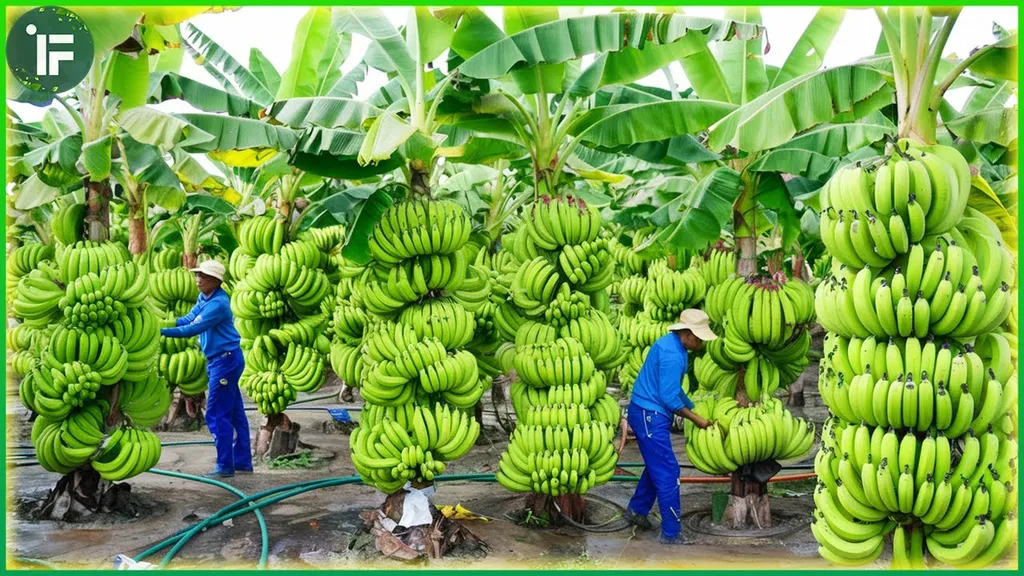In the heart of the Philippines’ banana-growing region, a quiet revolution in carbon storage is taking place, one remnant forest patch at a time. A recent study published in *Forest Science and Technology* has shed light on the often-overlooked role these forest fragments play in tropical carbon storage, offering a promising avenue for balancing economic production with climate mitigation strategies.
The research, led by Adrian M. Tulod from the Institute of Renewable Natural Resources at the University of the Philippines Los Baños, quantified and compared carbon stocks in five biomass pools—overstorey, understorey, litter, roots, and soil—across nine pairs of remnant forest patches and adjacent banana agroecosystems in Bukidnon, Southern Philippines. The findings are striking: forest patches stored significantly higher carbon in the overstorey, understorey, and roots compared to banana plantations. “Forest patches stored most carbon in the overstorey layer (65-75%) followed by roots (18-22%),” Tulod explained. “This is in stark contrast to banana agroecosystems, where pseudostems and litter layers dominated carbon storage.”
The study revealed that total biomass carbon was two to three times greater in forest patches (106.39 ± 88.40 Mg C ha−1) compared to banana plantations. Moreover, forest patches exhibited higher carbon accumulation rates (2.62 ± 2.18 Mg C ha−1 yr−1) and CO2 fixation rates (9.60 ± 7.98 Mg CO2-eq ha−1 yr−1). “The absence of understorey vegetation in banana plantations indicates the intensive nature of management practices,” Tulod noted, highlighting the ecological trade-offs in high-yield agricultural systems.
For the agriculture sector, these findings present a compelling case for integrating remnant forest patches into land-use policies. By prioritizing the conservation and restoration of these patches, farmers and policymakers can optimize carbon storage while mitigating ecological degradation. “We recommend to prioritize the conservation and restoration of forest patches as permanent features within agricultural landscapes,” Tulod emphasized.
The commercial implications are significant. As the global push for sustainable agriculture intensifies, farmers in banana-dominated regions can leverage these findings to adopt practices that enhance carbon sequestration without compromising productivity. This could open doors to carbon credit markets, providing additional revenue streams for farmers while contributing to global climate goals.
The study also underscores the need for further research into soil organic carbon (SOC) levels in banana plantations. While current levels appear stable, the long-term sustainability of this stability remains uncertain. “Further research is needed to confirm whether the apparent stability of SOC in banana plantations is sustainable or whether it represents a transient stage before eventual depletion,” Tulod cautioned.
As the agriculture sector grapples with the challenges of climate change and sustainability, this research offers a beacon of hope. By embracing the dual benefits of economic production and ecological conservation, farmers and policymakers can pave the way for a more resilient and sustainable future. The study, published in *Forest Science and Technology* and led by Adrian M. Tulod from the Institute of Renewable Natural Resources at the University of the Philippines Los Baños, serves as a timely reminder that sometimes, the best solutions lie in the remnants of what we have left behind.

